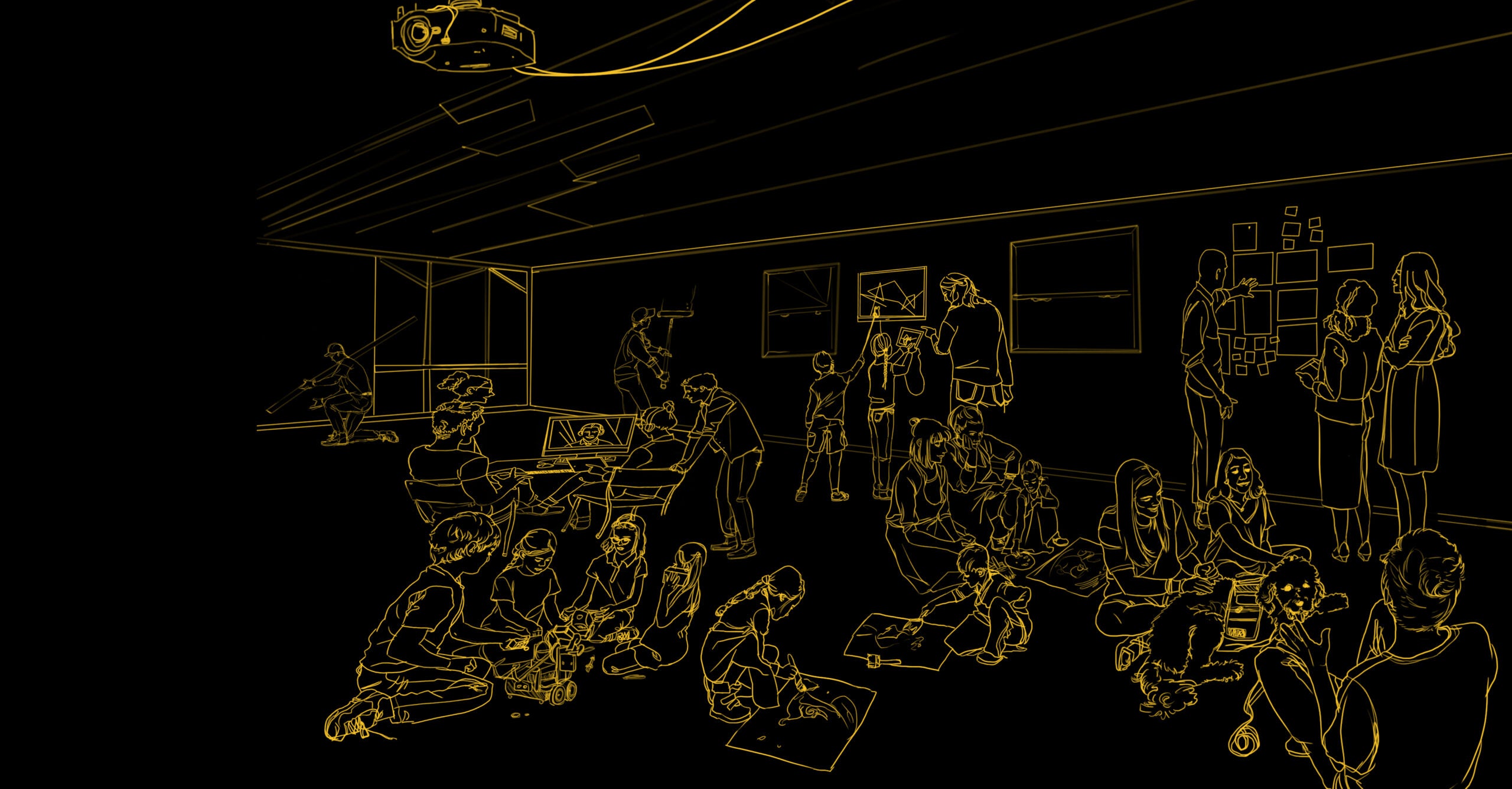Resource Type: School model

Mock Trial
Activating a lawyer for unit planning support is a great example of a community educator contributing to the distributed expertise of a team. Learn how.

Living Library
The Living Library brought more than 35 community educators — from stay-at-home parents to investment bankers — to connect with high school students struggling to see the importance of learning math.

Deeper and personalized learning at Stevenson Elementary
Hear from Stevenson Elementary School students about the school’s approach to student-centered learning, including student voice and choice in learning paths.

Stevenson’s team-based model
Hear from Stevenson Elementary School principal Krista Adams about educator teams’ dynamic approach to supporting students.

Student-selected support
In an effort to shift the ownership of learning from educator to student, SPARK School at Kyrene de las Manitas has implemented a system for students to reflect on their learning and progress, identify the academic support they need and schedule time to meet with the appropriate educator(s). This resource guides educator teams through steps to implementing student-selected support.

10 Tips for planning team-based deeper learning
The educator team at Kyrene de las Manitas Innovation Academy co-plans project-based units that support deeper learning. The 10 tips appearing in this document are drawn from their approach to planning. To get started, consider how your team might implement these tips.

The Creighton Academy: Learning space layout
The Creighton Academy in Phoenix, Arizona serves about 300 students in grades K–6. Every student is a member of a covey: a multi-age group of 55–60 students. Students work with educators specific to their coveys and educators who work across coveys. In this resource, you’ll see the layout of their learning space.

The Creighton Academy: Spotlight on the schedule
The Creighton Academy in Phoenix, Arizona serves about 300 students in grades K–6. Every student is a member of a covey: a multi-age group of 55–60 students. Students work with educators specific to their coveys and educators who work across coveys. In this resource, you’ll explore their schedule.

The Creighton Academy: School profile
The Creighton Academy in Phoenix, Arizona serves about 300 students in grades K–6. Every student is a member of a covey: a multi-age group of 55–60 students. Students work with educators specific to their coveys and educators who work across coveys. Here, you’ll learn how they’re implementing a team-based model.

Sousa Elementary School: Multi-age team learning space layout
At Sousa Elementary School in Mesa, Arizona, an educator team consisting of one lead teacher, three certified teachers, one special educator and three MLFC residents supports a multi-age group of 104 first and second graders. In this resource, you’ll see the layout of their learning space.

Sousa Elementary School: Spotlight on the schedule
At Sousa Elementary School in Mesa, Arizona, an educator team consisting of one lead teacher, three certified teachers, one special educator and three MLFC residents supports a multi-age group of 104 first and second graders. In this resource, you’ll explore their schedule.

Riverview High School: Learning space layout
Riverview High School serves 90–120 students in grades 7–12. Many of these students have left their assigned district schools due to disciplinary reasons or are transitioning out of juvenile detention or residential treatment centers. In this resource, you’ll see the layout of their learning space.

Stevenson Elementary: Learning space layout
At Stevenson Elementary School, 75 third graders work with a core team of educators that includes a lead teacher, certified teachers and MLFC residents. In this resource, you’ll see the layout of their learning space.

Whittier Elementary: Learning space layout
At Whittier, approximately 170 students in grades 4–6 will be part of multi-age learning communities called “houses.” Each house includes about 85 students and is guided by an educator team. In this resource, you’ll see the layout of their learning space.

Westwood High School’s Academy Teams: Learning space layout
Approximately 900 ninth grade students at Westwood High School in Mesa, Arizona are distributed across six Academy Teams. In this resource, you’ll see the layout of their learning space.

SPARK School educators work as a team
This clip features four educators from SPARK School. In it, they describe the impact of teaming with distributed expertise on both educators and students.

SPARK School invites experts to the classroom

SPARK School implements deeper and personalized learning

SPARK School: School profile
At SPARK School at Kyrene de las Manitas, 120 students in multi-aged grade bands (third through fifth grades) work with a core team of six educators: one teacher executive designer, two certified teachers and three teacher candidates. The prototype school-within-a-school was developed during a design process collaboratively led by the Kyrene School District and ASU’s MLFC Design Initiatives. In this resource, you’ll find out how they’re implementing a Next Education Workforce model.

SPARK School: Spotlight on the schedule
At SPARK School at Kyrene de las Manitas, 120 students in multi-aged grade bands (third through fifth grades) work with a core team of six educators: one teacher executive designer, two certified teachers and three teacher candidates. The prototype school-within-a-school was developed during a design process collaboratively led by the Kyrene School District and ASU’s MLFC Design Initiatives. In this resource, you’ll explore their schedule.

SPARK School: Learning space layout
At SPARK School at Kyrene de las Manitas, 120 students in multi-aged grade bands (third through fifth grades) work with a core team of six educators: one teacher executive designer, two certified teachers and three teacher candidates. The prototype school-within-a-school was developed during a design process collaboratively led by the Kyrene School District and ASU’s MLFC Design Initiatives. In this resource, you’ll see their learning space layout.

